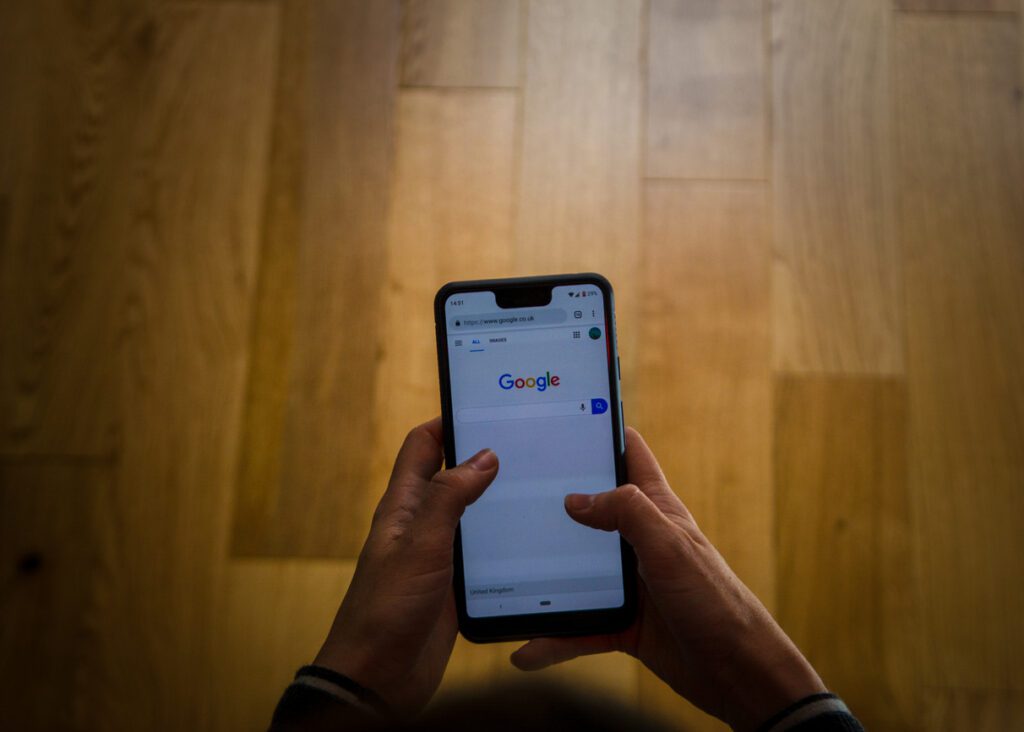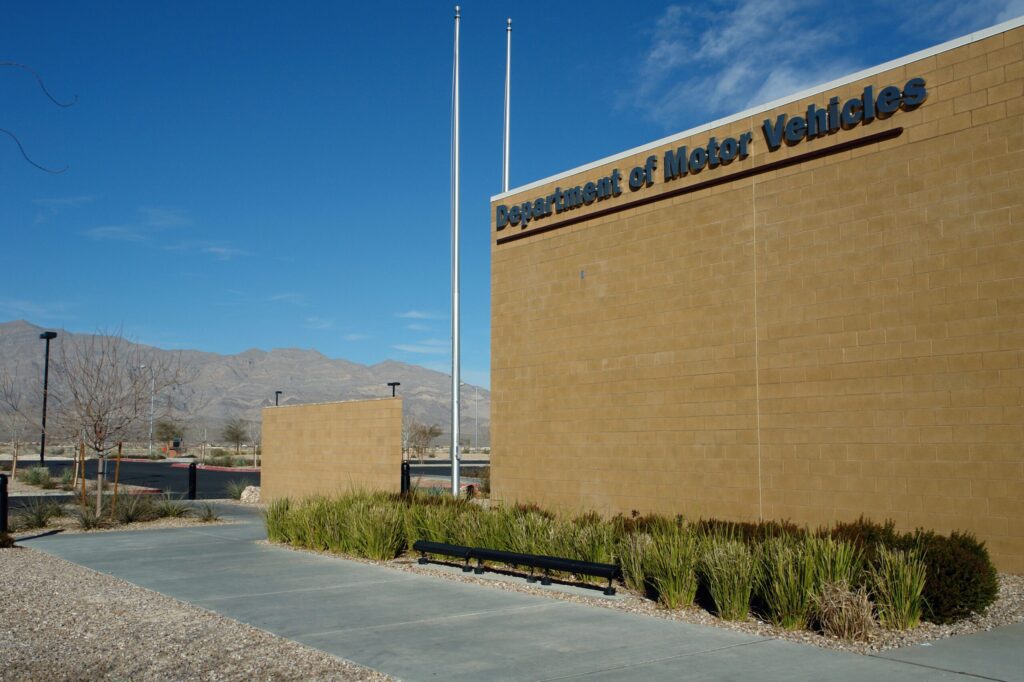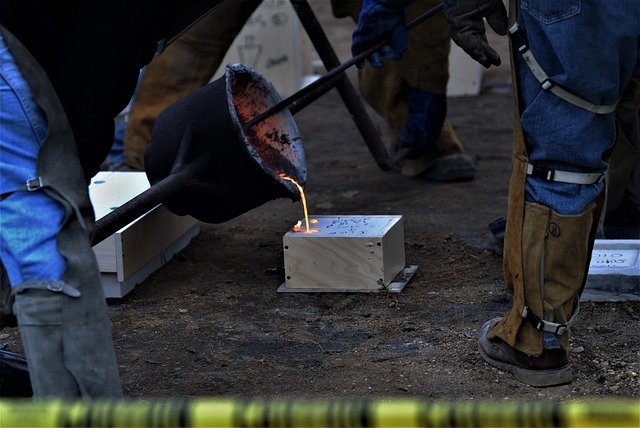New report claims Black and Latinx students pay more for student loans
Written by Site Hub on February 23, 2020
A February 2020 “Education Redlining” report by the Student Borrower Protection Center (SBPC) raises “significant fair lending concerns” for student borrowers from minority college students from marginalized communities. The report includes case studies and side-by-side comparisons of two consumer lenders, Wells Fargo and Upstart.
The study compared the lending practices for students at historically Black colleges and universities (HBCUs) and Hispanic-serving institutions (HSIs) against lending data for students who attended predominantly white colleges. Data indicated that the creditworthiness of students apparently hinged on the choice of schools they attend.
For example, the report notes that Wells Fargo tacks on an additional $1,134 to a $10,000 student loan for enrollment at a community college compared to the same loan for a student attending a four-year college. And when students refinance their student loans, a hypothetical graduate of Howard University (an HBCU) pays almost $3,500 more than an NYU graduate for the refinance. A graduate of New Mexico State University (an HSI) pays at least $1,724 more than an NYU graduate.
Based on their findings, the SBPC has made recommendations to Congress as well as regulators at the state level to assess potential violations of fair lending laws.
Wells Fargo and Upstart disagree with the report’s findings, calling the report “inaccurate and misleading.”






 WDKX Holiday Stream
WDKX Holiday Stream